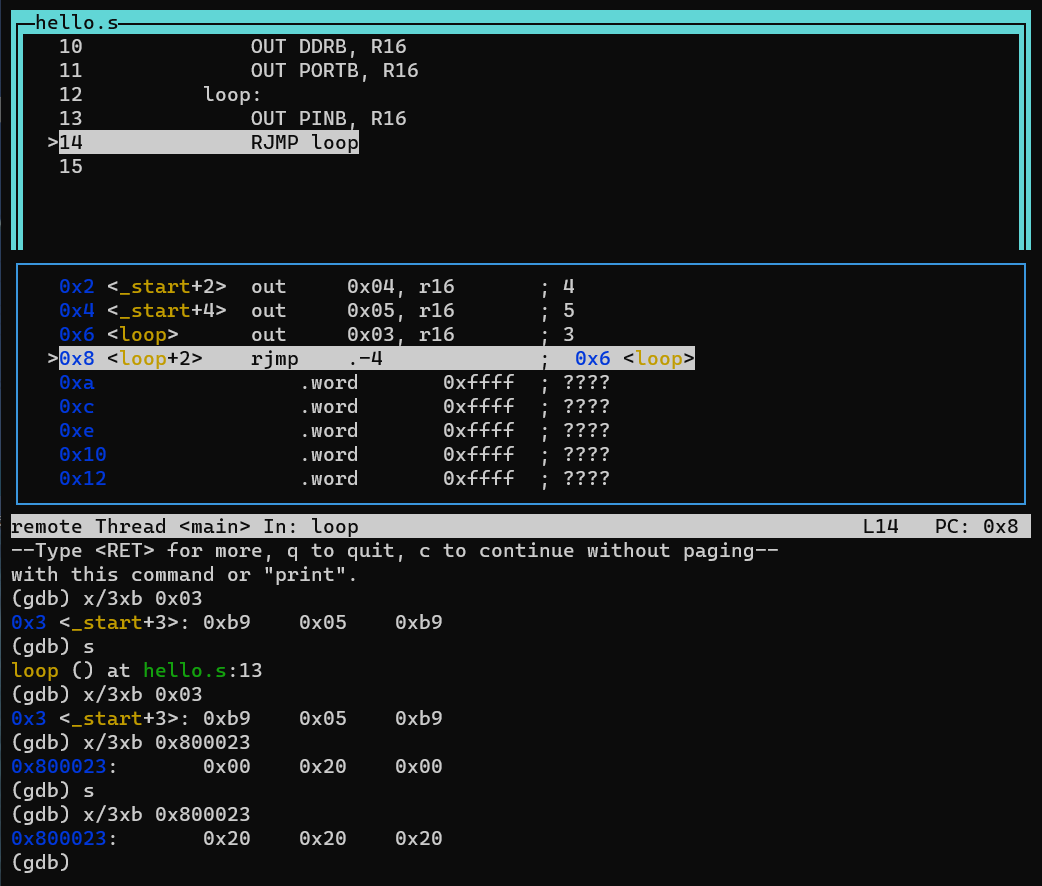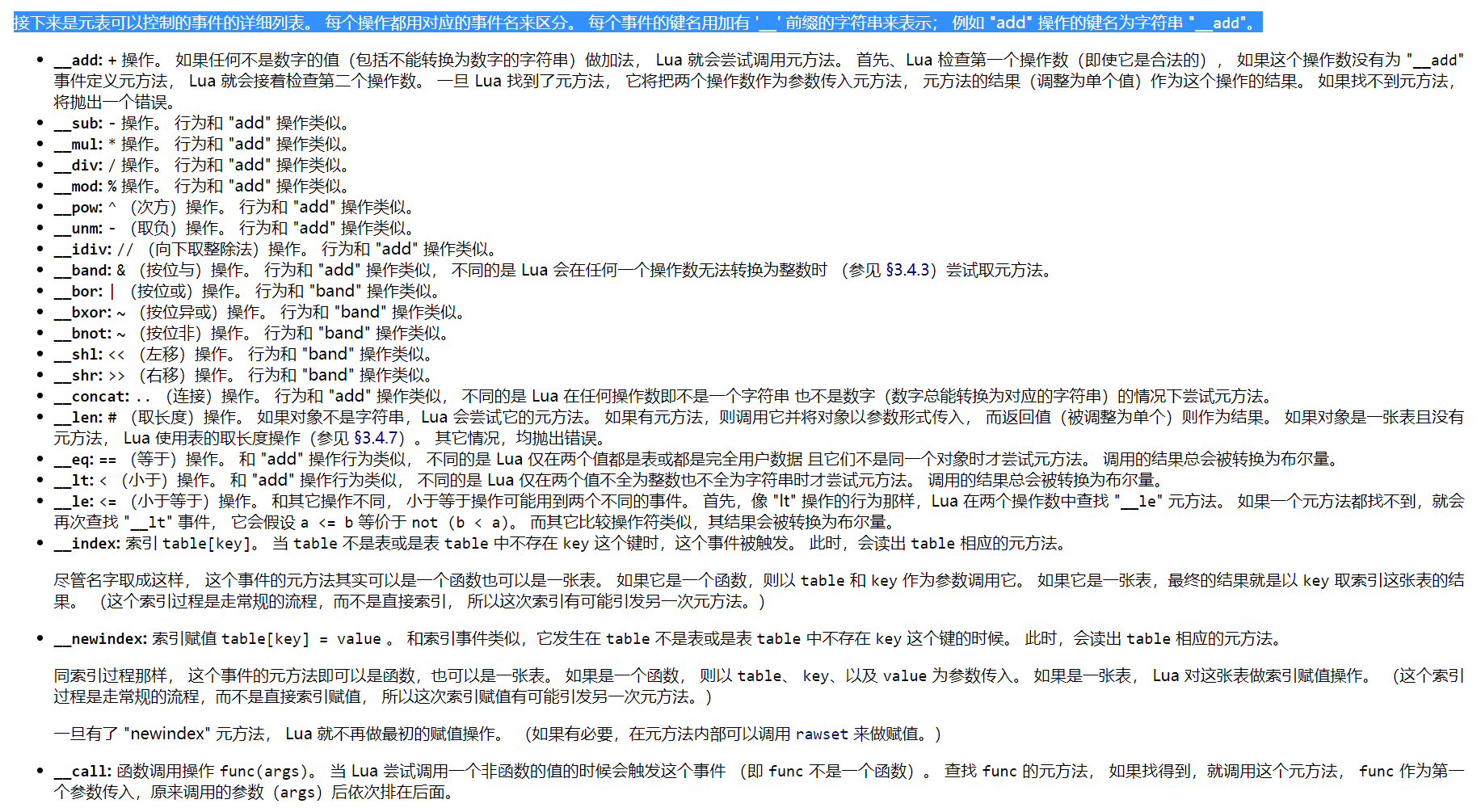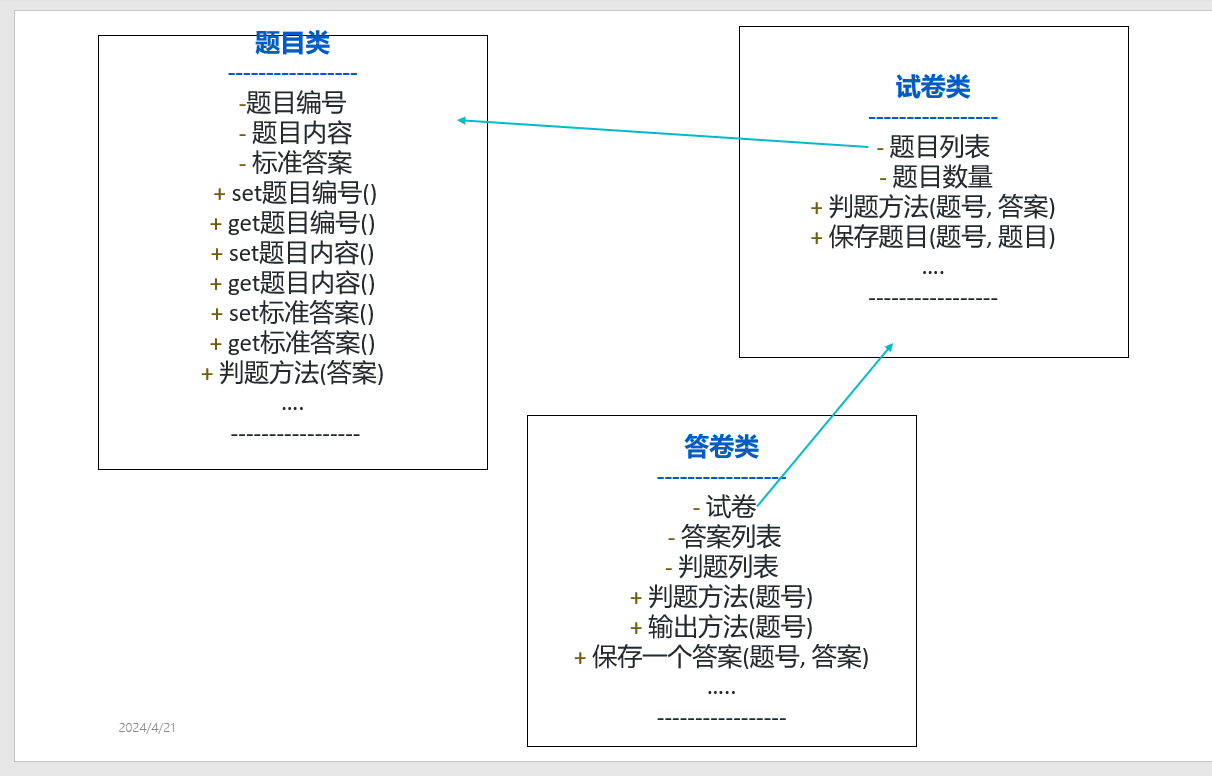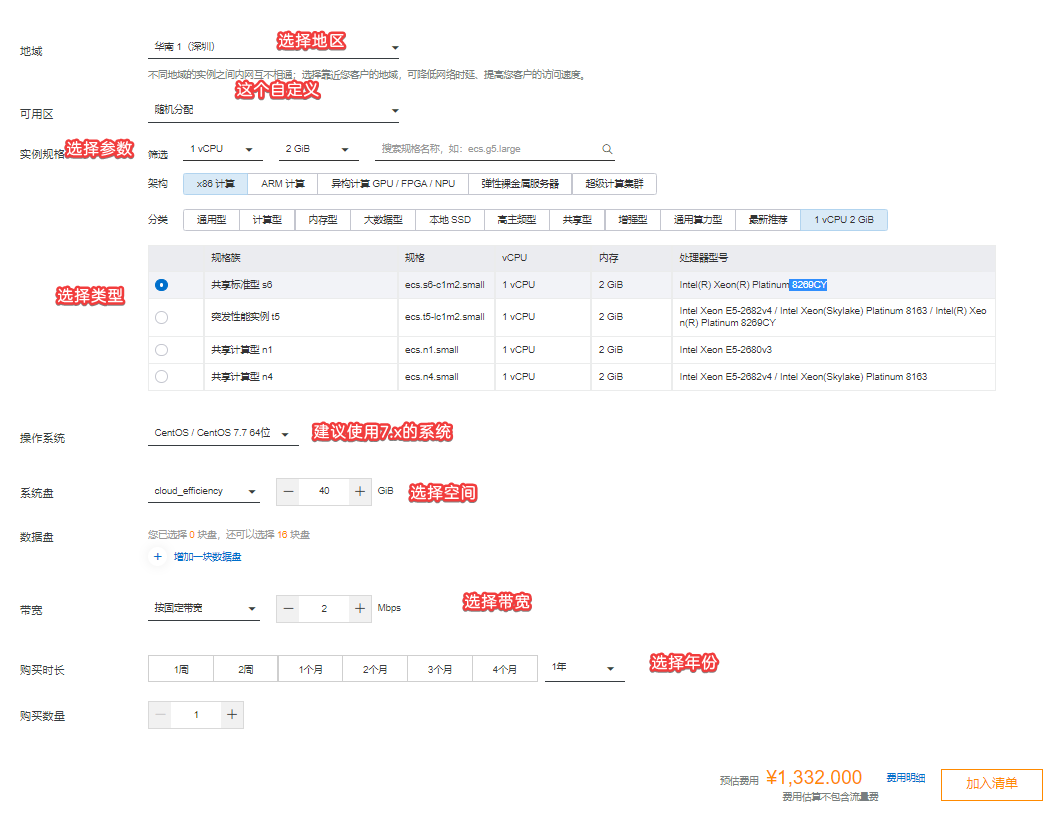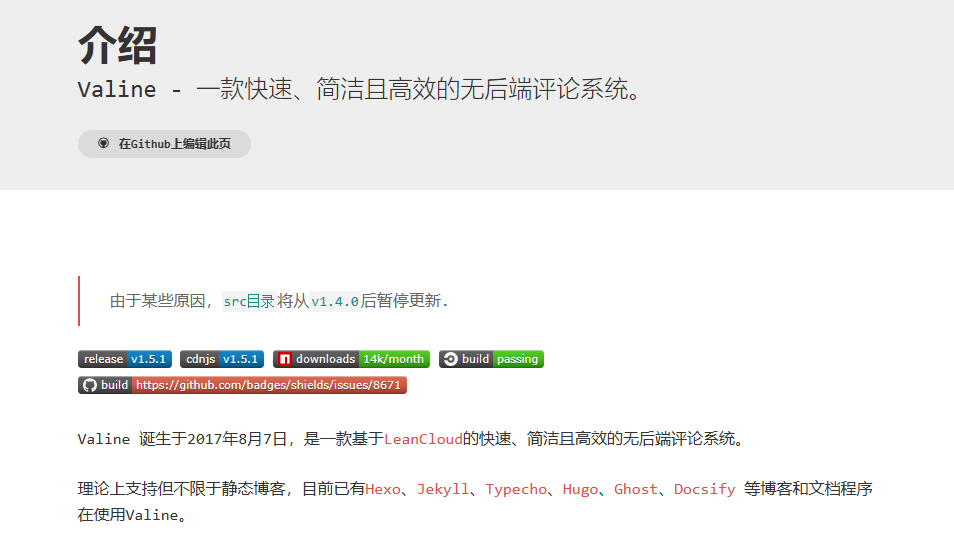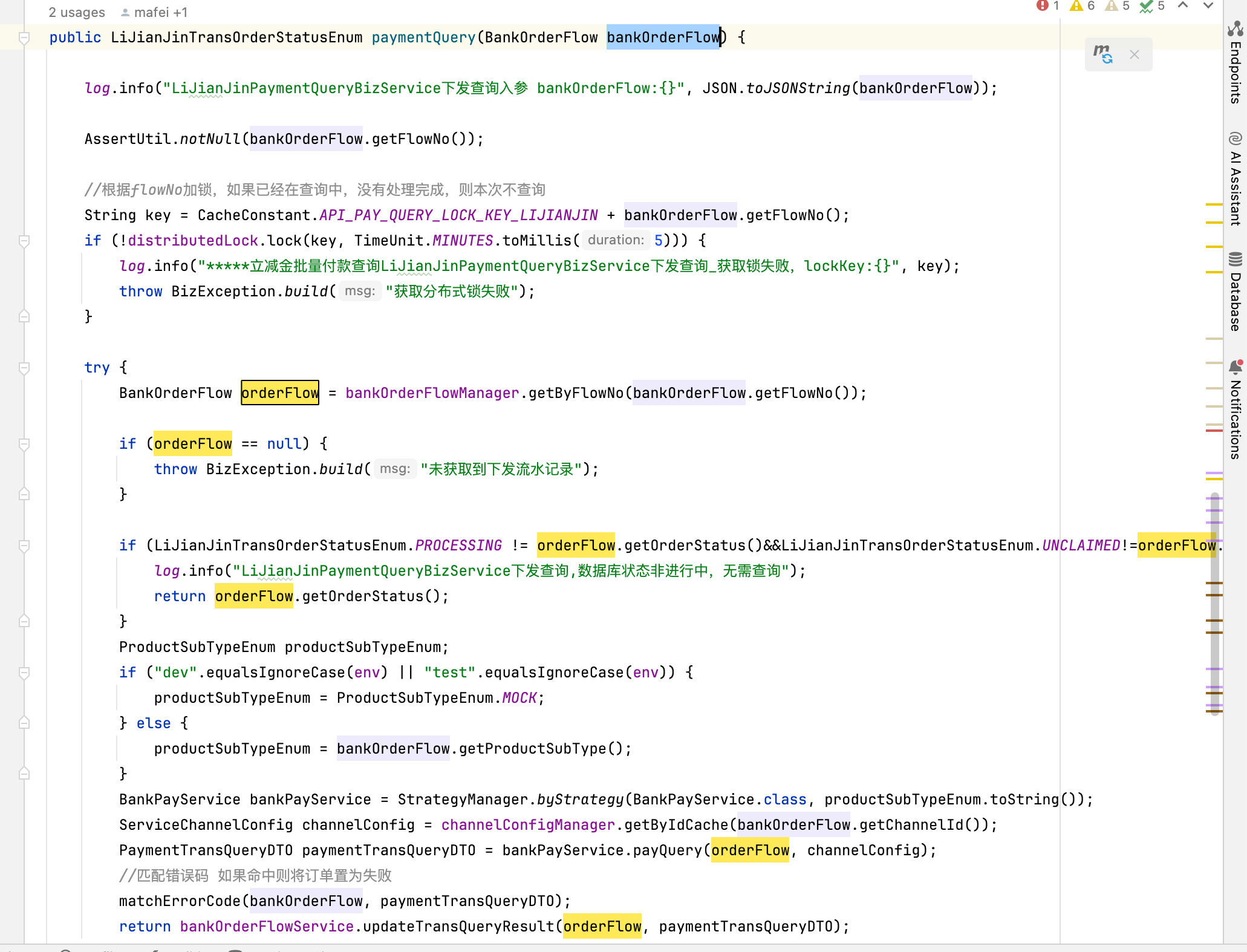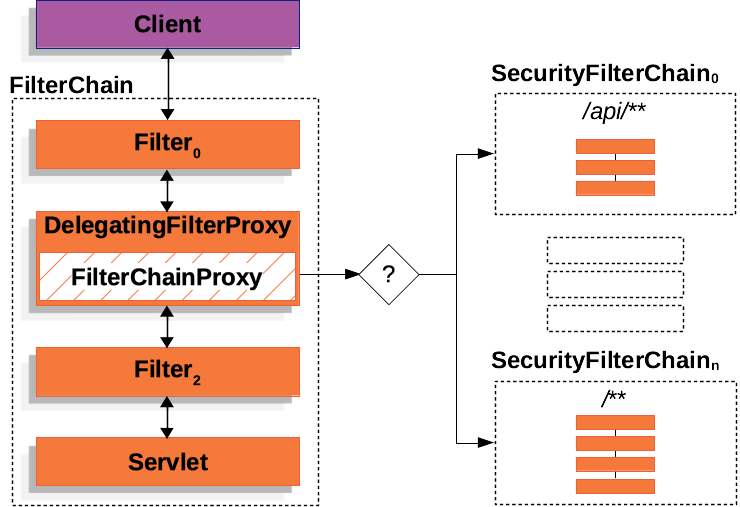The function of the PPM encoder is to encode the multi-channel PWM signal output by the receiver into a PPM composite signal output (up to 8 channels of PWM input) to connect the supported flight controllers in a single line.
PWM and PPM Introduction
PWM stands for Pulse Width Modulation and PPM stands for Pulse Position Modulation. PWM is a technique used to relay data in the form of a varying pulse width. In PPM (Pulse Position Modulation) the analogue sample values determine the position of a narrow pulse relative to the clocking time.
Advantages
The advantages of pulse position modulation include the following.
-
PPM has the most power efficiency as compared to other modulations.
-
This modulation has less stable amplitude noise interference.
-
This modulation separates the signal easily from a noisy signal.
-
It needs less power as compared to PAM.
-
Separation of signal & noise is extremely simple
-
It has constant transmitted power output.
-
It needs extremely less power as compared to PAM & PDM because of amplitude & short duration pulse.
-
Easy noise removal in this type of modulation.
-
Power utilization is also extremely low as compared to other modulations because of stable pulse amplitude & width.
-
PPM communicates only simple commands from a Tx to an Rx, so it is frequently used in lightweight applications because of its low system necessities.
Disadvantages
The disadvantages of pulse position modulation include the following.
-
PPM is very complex.
-
It needs more bandwidth for transmission as compared to PAM.
-
It is extremely sensitive to multi-pathway interference like echoing that can disturb a transmission by changing the difference in arrival times of every signal.
-
Synchronization is necessary between transmitter & receiver which is not feasible each time & we require a dedicated channel for it.
-
Special devices are required for this kind of modulation.
Applications
The applications of pulse position modulation include the following.
-
The PPM is mainly used in telecommunication systems & air traffic control systems.
-
This modulation is used in radio control, an optical communication system & military applications.
-
This technique is used in planes, remote-controlled cars, trains, etc.
-
PPM is used in noncoherent detection wherever a receiver does not require any
-
It is used in RF (radio frequency) communication.
-
It is also utilized in high-frequency, contactless smart cards, radio frequency ID tags, etc.
关于PPM编码器
PPM编码器允许将多达8个PWM(脉冲宽度调制)信号编码为一个PPM(脉冲位置调制)信号。
PPM编码器的功能是将接收机输出的多路PWM信号编码为PPM复合信号输出(最多8路PWM输入),以单线连接所支持的飞行控制器。
PWM和PPM简介
PWM代表脉冲宽度调制,PPM代表脉冲位置调制。PWM是一种用于以变化脉冲宽度的形式传递数据的技术。在PPM(脉冲位置调制)中,模拟采样值确定相对于时钟时间的窄脉冲的位置。
优势
脉冲位置调制的优点包括以下方面。
与其他调制相比,PPM具有最高的电源效率。
这种调制具有较小的稳定振幅噪声干扰。
这种调制方式可以很容易地将信号从噪声信号中分离出来。
与PAM相比,它需要更少的能量。
信号和噪声的分离非常简单
它具有恒定的传输功率输出。
与PAM和PDM相比,它需要的功率非常少,因为它的振幅和脉冲持续时间短。
在这种类型的调制中容易去除噪声。
与其他调制相比,功率利用率也非常低,因为稳定的脉冲振幅和宽度。
PPM仅从Tx向Rx通信简单的命令,因此由于它对系统的需求较低,因此经常用于轻量级应用程序。
缺点
脉冲位置调制的缺点包括以下几个方面。
PPM非常复杂。
与PAM相比,它需要更多的带宽来传输。
它对回声等多路径干扰极其敏感,回声可以通过改变每个信号到达时间的差异来干扰传输。
发射机和接收机之间的同步是必要的,但不是每次都可行,我们需要一个专用的通道。
这种调制需要特殊的设备。
应用程序
脉冲位置调制的应用包括以下几个方面。
PPM主要用于电信系统和空中交通管制系统。
这种调制被用于无线电控制,光通信系统和军事应用。
这项技术用于飞机、遥控汽车、火车等。
PPM用于非相干检测,接收机不需要任何锁相环或锁相环来跟踪载波的相位。
它用于RF(射频)通信。
它还用于高频,非接触式智能卡,射频ID标签等。











